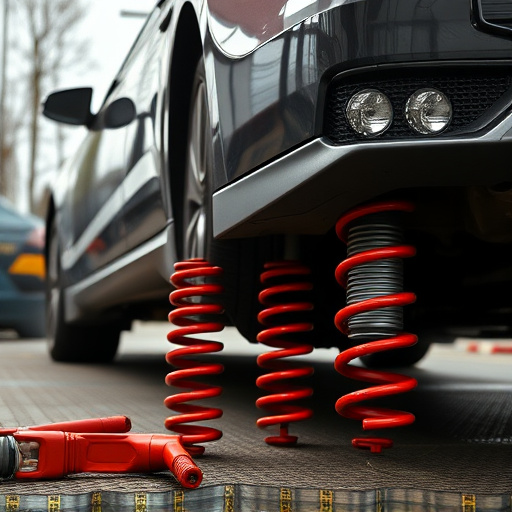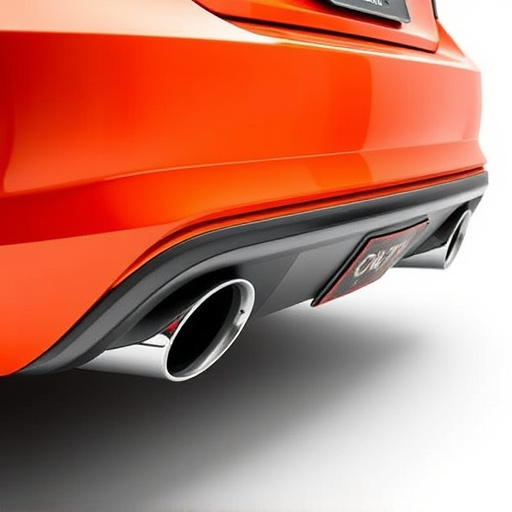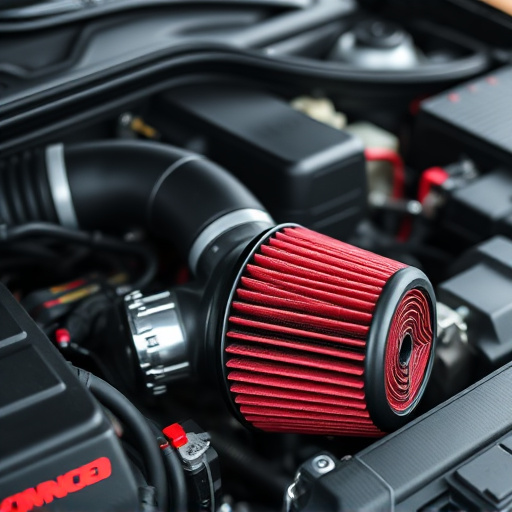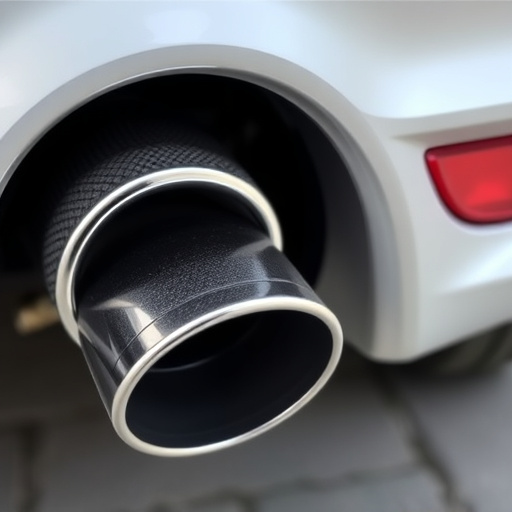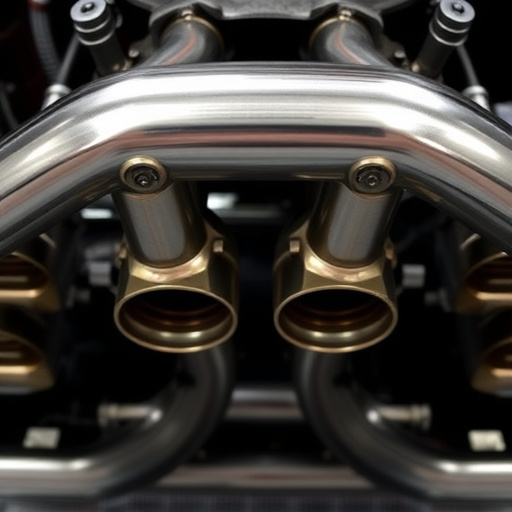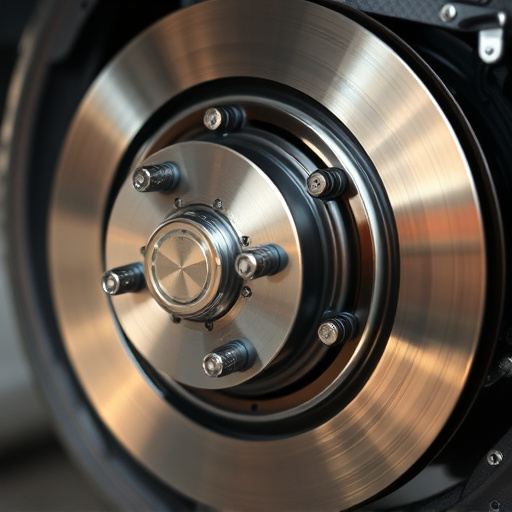Catalytic converter replacement is crucial for modern vehicles, reducing harmful pollutants and maintaining peak performance. Clogging or damage due to wear leads to engine issues and higher fuel consumption. Regular maintenance, addressing symptoms like decreased performance or noise, prevents serious problems. Replacing converters improves fuel efficiency, saves at the pump, and contributes to cleaner air, offering multifaceted benefits for vehicle owners and the environment.
“Looking to boost your vehicle’s fuel efficiency and reduce its environmental footprint? Understanding when to replace your catalytic converter is key. This essential component, which acts as a silent hero in your exhaust system, plays a pivotal role in converting harmful pollutants into less toxic gases. In this article, we’ll explore ‘catalytic converter replacement’ in depth, covering everything from the basic function of these converters to recognizing when a change is needed and the significant environmental benefits of an efficient conversion process.”
- Understanding Catalytic Converters: Their Role and Function
- When to Replace: Recognizing Signs and Common Issues
- The Impact: Improved Efficiency and Environmental Benefits
Understanding Catalytic Converters: Their Role and Function
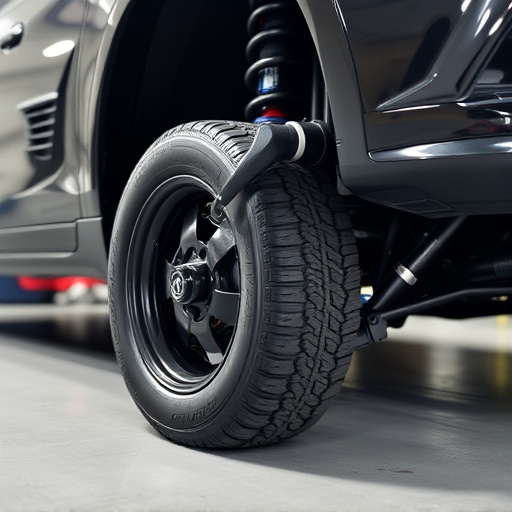
Catalytic converters are an integral component of modern vehicles’ exhaust systems. Their primary role is to reduce harmful pollutants and gases emitted by the engine, transforming them into less toxic substances. These converters work by facilitating a chemical reaction that breaks down unwanted compounds, such as carbon monoxide, nitrogen oxides, and unburned hydrocarbons, into more harmless elements like carbon dioxide and water vapour. This process not only enhances environmental safety but also contributes significantly to fuel efficiency.
Regular catalytic converter replacement is crucial for maintaining optimal vehicle performance. Over time, these converters can become clogged or damaged due to exposure to extreme temperatures, corrosion from exhaust fumes, and wear and tear. When a catalytic converter is no longer efficient, it can negatively impact the engine’s performance and fuel economy. A faulty cat back exhaust system, including exhaust mufflers and other components, can lead to increased resistance in the exhaust stream, causing the engine to work harder and consume more fuel. Therefore, timely replacement of the catalytic converter not only ensures environmental compliance but also promotes better fuel efficiency.
When to Replace: Recognizing Signs and Common Issues
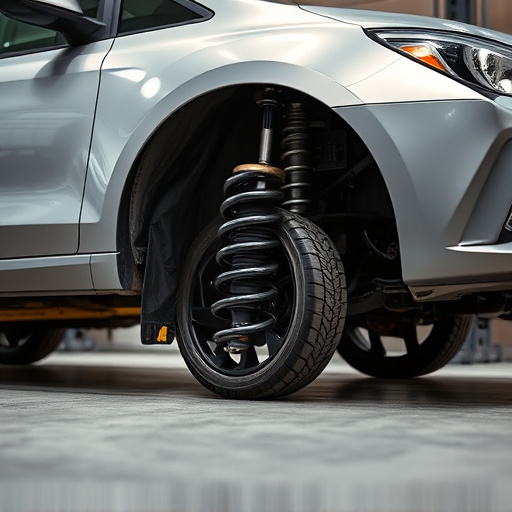
Knowing when to replace your catalytic converter is crucial for maintaining optimal fuel efficiency and overall vehicle health. While these components typically last for many years, several signs indicate that it’s time for a catalytic converter replacement. One of the primary indicators is a significant drop in engine performance. If you notice a reduction in acceleration or a lack of response when pressing the accelerator, it could be an early warning sign. This issue often arises due to a clogged or damaged converter, hindering the smooth flow of exhaust gases and affecting the vehicle’s overall power output.
Additionally, unusual noises coming from under the hood, such as rattling or ticking sounds, can point towards converter problems. Over time, catalytic converters may experience damage from wear and tear, especially if your vehicle frequently encounters harsh driving conditions or subpar quality fuel. Other common issues include frequent check engine light activation and a noticeable decrease in miles per gallon. Regularly checking for these signs and addressing them promptly, possibly with the replacement of performance air filters, brake pads, or brake rotors (if other components are involved), can help ensure your vehicle continues to run efficiently.
The Impact: Improved Efficiency and Environmental Benefits
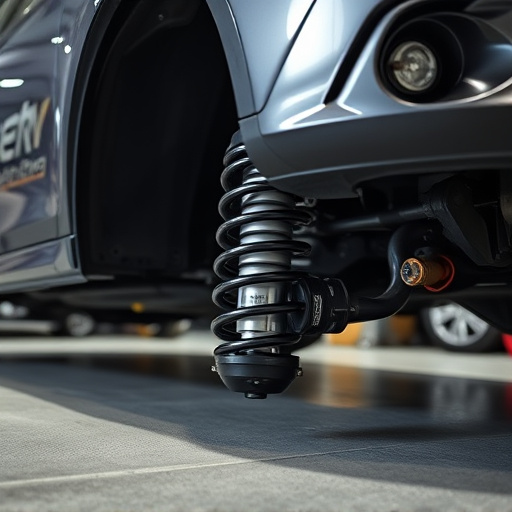
A catalytic converter replacement is not just a maintenance task; it’s a significant upgrade for any vehicle. The immediate impact is often noticeable in improved fuel efficiency, which can lead to substantial savings at the pump. This enhancement is primarily due to the renewed ability of the converter to facilitate chemical reactions within the exhaust system. By efficiently breaking down harmful emissions, the converter ensures that the engine operates cleaner and more optimally.
Beyond economic benefits, this simple yet powerful modification contributes to environmental conservation. With reduced emissions, vehicles with newly installed catalytic converters help lower pollution levels, promoting cleaner air. This is especially beneficial in urban areas where congestion and higher idling times contribute to a buildup of pollutants. Moreover, the improved efficiency can extend the life of other components like muffler tips, brake pads, and performance air filters, further underscoring the multifaceted advantages of this seemingly routine maintenance task.
Catalytic converter replacement is not just a maintenance task, it’s an investment in your vehicle’s fuel efficiency and environmental footprint. By understanding when to replace these essential components and recognizing the signs of wear and tear, drivers can significantly improve their car’s performance. The benefits extend beyond better mileage; reduced emissions contribute to cleaner air and a healthier planet. Embracing catalytic converter replacement is a proactive step towards sustainable motoring, ensuring your vehicle operates at its most efficient while minimizing its ecological impact.








